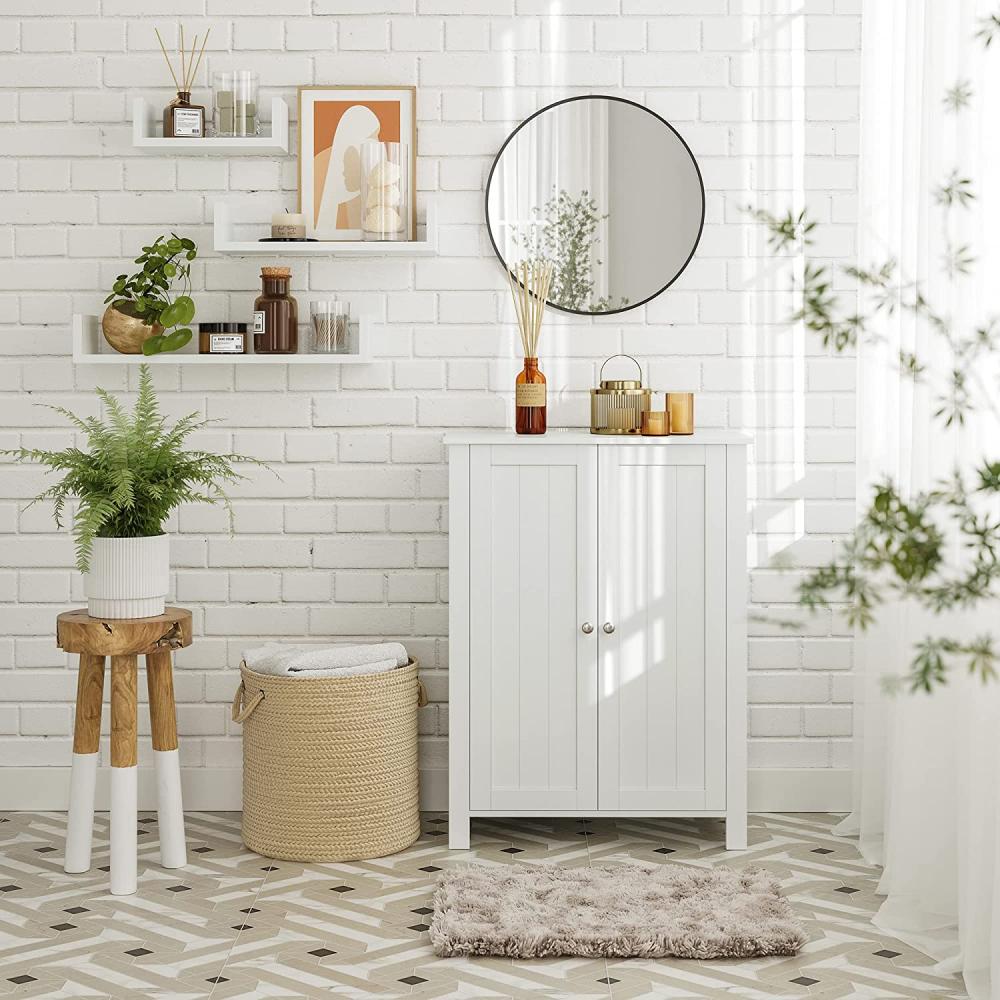(1) Under the same printing conditions, since the UV ink is thicker than the solvent-based ink ink layer, the dot level of the Liu film should be adjusted before the screen is made, and a higher mesh number of monofilament thin screens should be selected, or UV should be selected. Oil> Dedicated single-sided flattened wire mesh, such as 140-150 mesh/cm monofilament wide opening polyester mesh, stretching net tension above 20 N/cm. By controlling the thickness of the photosensitive layer of the screen or using a yellow polyester mesh, the requirements can also be met.
(2) Screen-type photosensitive material: A solvent-resistant photosensitive adhesive, a thin capillary photosensitive film, or an indirect photosensitive film is used to make a screen.
(3) When coating the sensitized adhesive, the thickness of the sensitized adhesive layer should be controlled at about 4um, and the unevenness of the surface is less than 5um, so that the sharpness of the dot is improved.
(4) The main points of quality control in screen making:
1 In order to ensure that the screen is not lost when the screen is in use, the screen is coated. Before affixing the photographic film, the screen must be roughened and degreased so that the sensitized adhesive adheres firmly to the screen, and the small dots are not lost, ensuring a natural transition of the shades of color.
2 Screen printing screens of various colors are used to ensure that the tension is uniform and uniform. After coating and sticking the photosensitive film, it must be allowed to dry thoroughly before exposure. Otherwise, the dots will be lost during the development or printing. The service life of the plate is reduced; if the screen plate tension is not uniform, besides the inaccurate four-color overprinting, moiré and the like may be generated on the screen.
3 Four-color printing screen production requires some skill, when exposure, you must control the exposure time of the photosensitive layer (using the exposure ruler to measure the optimal exposure time) to ensure high-profile screen dot (small dot): transparent, dark The dot spot (small spot) is really attached to the screen.
4 mesh screen version of the development must be a comprehensive development and local development combined, because the small screen on the network is not easy; medium penetration, after full-scale printing, if the small outlets have not yet; out, at this time to deal with the small network local The “water column†type fills up and makes the small outlets transparent, ensuring that high-profile outlets of prints are not lost.
After the 5th version of the picture is developed, the color separation film is inspected, and it is determined that the screen can be double-exposed to improve the service life of the screen.
